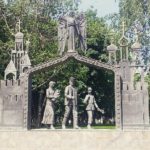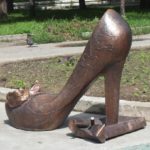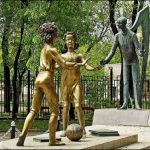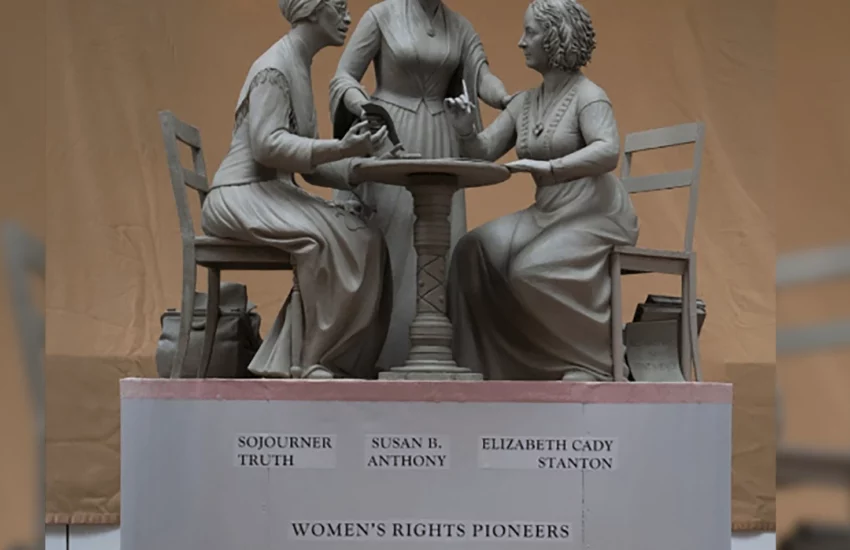We demand peace sculptural composition by Mukhina
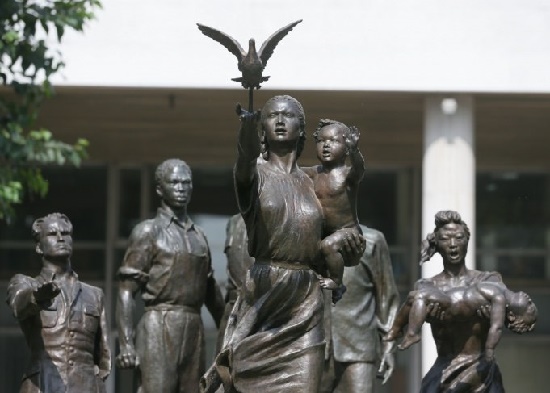
We demand peace sculptural composition by Mukhina
The famous Soviet sculptor Vera Mukhina created the monument “We demand peace!” in 1950 (creative team: N.V. Zelenskaya, Z.G. Ivanova, S.V. Kazakov, and A.M. Sergeev). Until 1994 it decorated VDNKh (Exhibition of Achievements of National Economy) near Mira (Peace) avenue. After the extension of the avenue, the sculpture moved to the park “Museon”. Meanwhile, the idea of creating a composition arose after the Korean War that began in 1950.
According to Mukhina’s plan, the sculpture was to draw attention to the need for peace on a planet that had recently survived the horrors of World War II. It consisted of six figures. Three men, symbolizing the main human races, trampled the banners of the German army, on each side were the figures of a one-armed blind man – a war invalid and a woman holding a dead child. Also, the front figure is a woman with a dove going to fly – a symbol of peace. This woman personified the future of mankind.
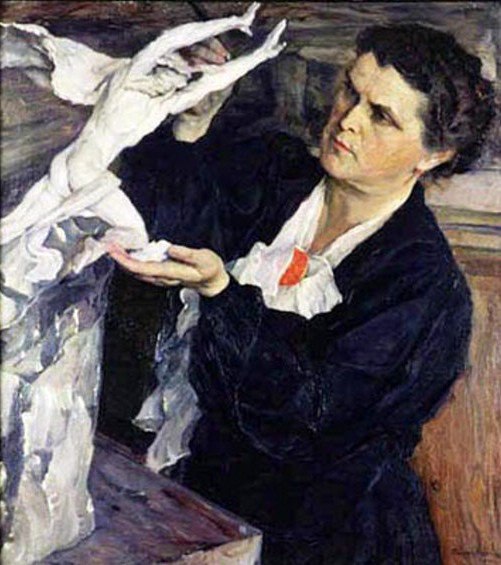
Vera Ignatyevna herself called her work “agitational sculpture”. According to the memoirs of her contemporaries, she always dreamed that her works would be politically effective and propagandist-visual. In the composition “We demand peace!” And she embodied this artistic task in full, she managed to create a sculptural poster. In addition, it could easily be transported and exhibited at demonstrations, at numerous forums and international conferences dedicated to the struggle for peace.
Despite the fact that the creation Mukhina received a lot of benevolent and even enthusiastic responses, the sculptor herself treated it “with coolness.” Once she said: “This topic can be solved much more strongly.” Perhaps because of the fact that a whole creative team created the monument in a short time. Particularly, of the six figures only a Korean woman with a dead child in her arms belonged to Mukhina herself. The image is very expressive, but not central. Later, art critics spoke of the plastic heterogeneity of the sculptural group.
With the collapse of the USSR, in the mid-1990s, the monument was to move to the Museon Art Park. Unfortunately, during the transportation the monument was damaged. Restoration work began in the fall of 2012 with the financial support of the Department of Culture of Moscow.
To restore lost fragments restorers made copies of the original pluster sculpture, kept in the State Russian Museum in St. Petersburg, and then cast these elements in bronze. After installation, the new parts were artificially aged, so as not to stand out against the background of historical ones.
The opening of the monument in the Museon took place in 2013.
Of course, when mentioning the name of Vera Mukhina, the first that comes to mind, her grandiose “Worker and Collective Farm Girl” at VDNKh. In addition, Mukhina owns a monument to Tchaikovsky near the Moscow Conservatory, a monument to Gorky, allegorical sculptures for the Moskvoretsky bridge, Bread and Fertility in the Friendship Park, and Land and Water in Luzhniki.
We demand peace sculptural composition by Mukhina
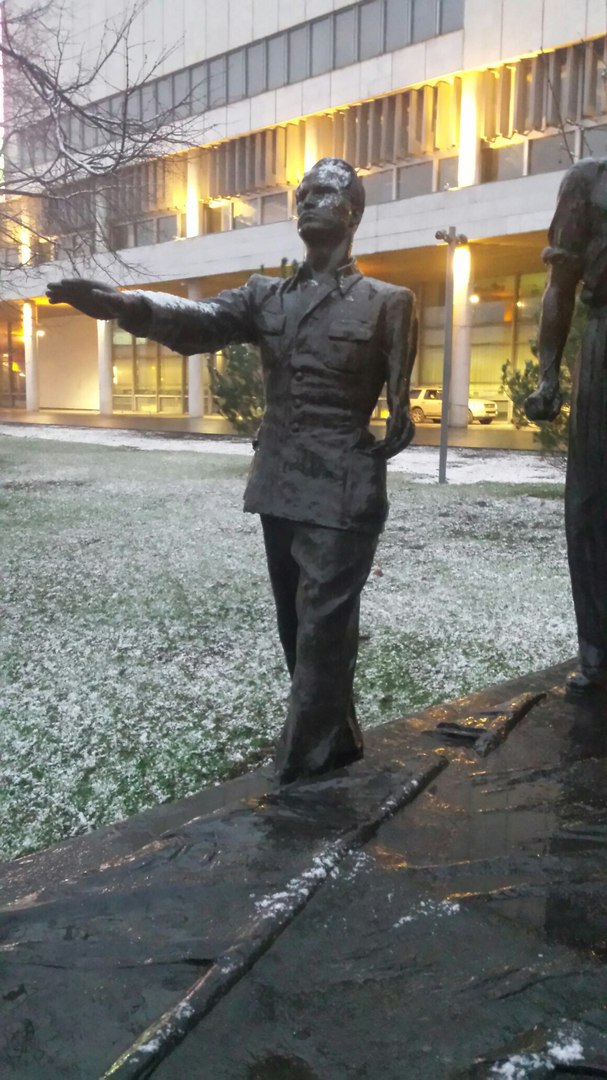
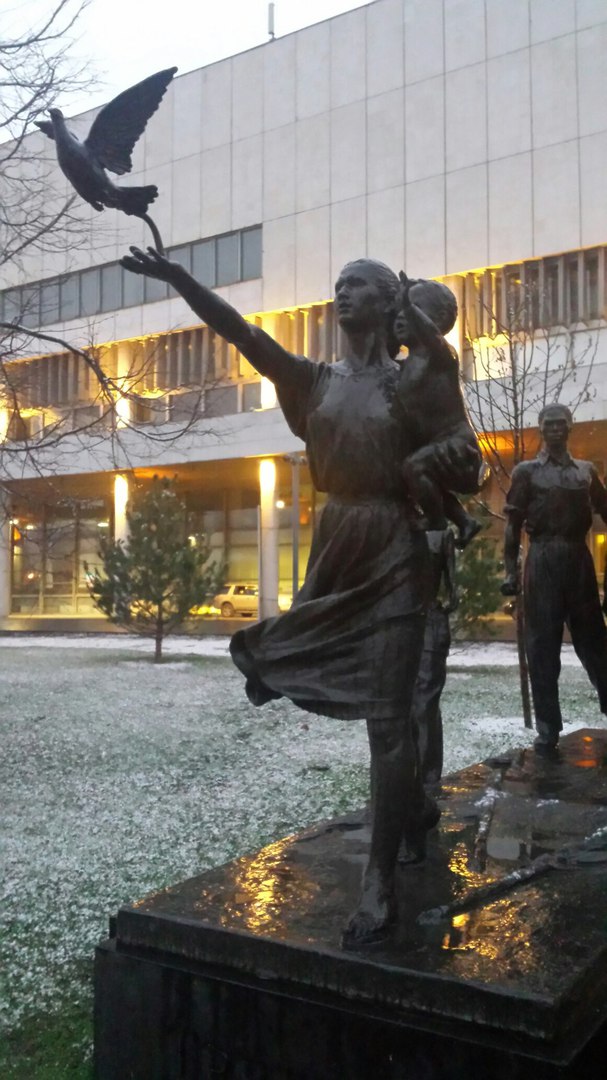
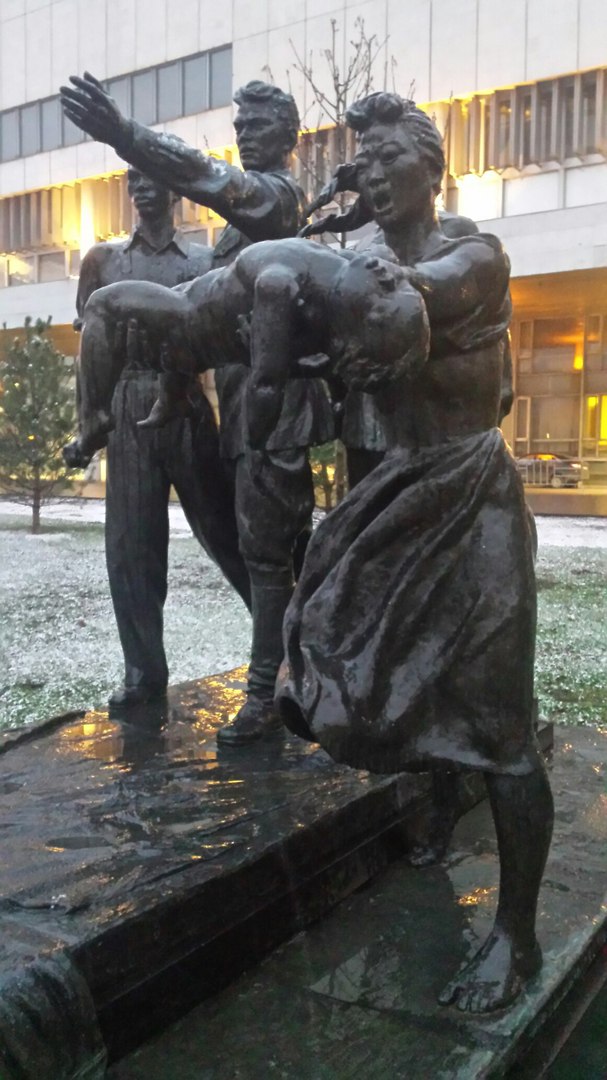
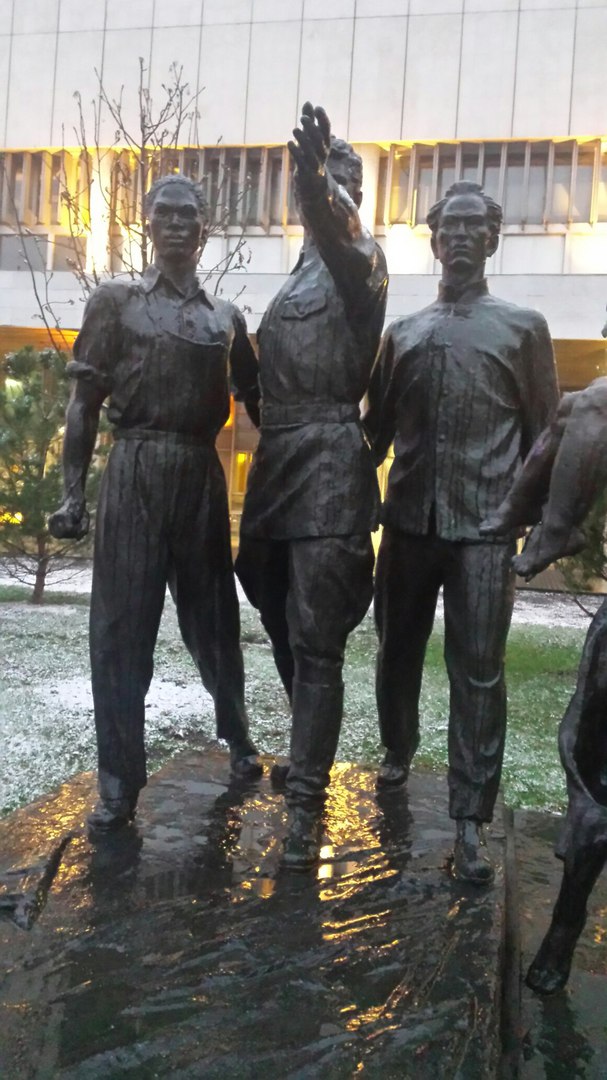
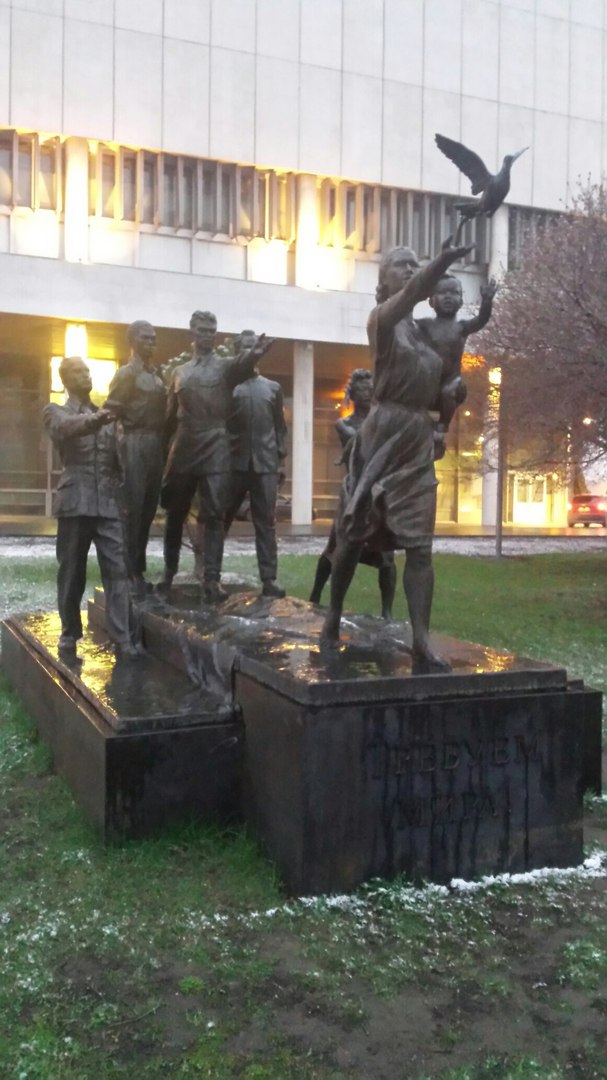
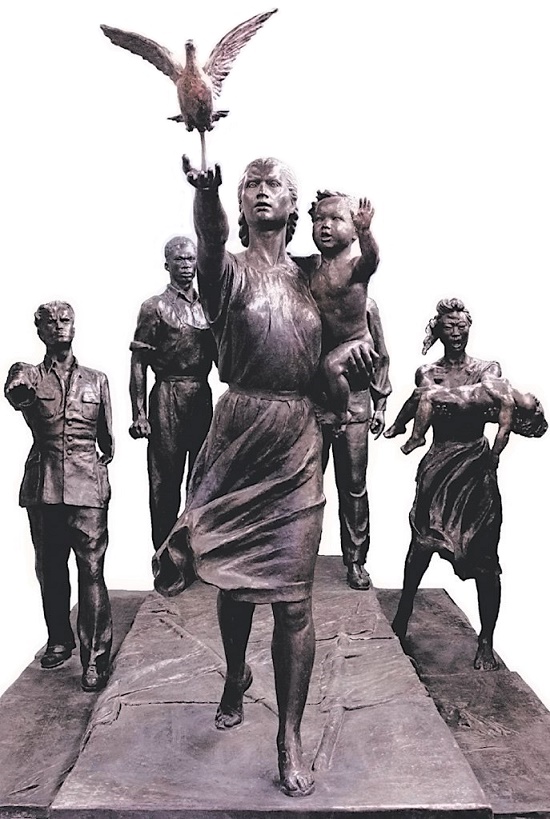
source
public group vk.com/monumentguid



